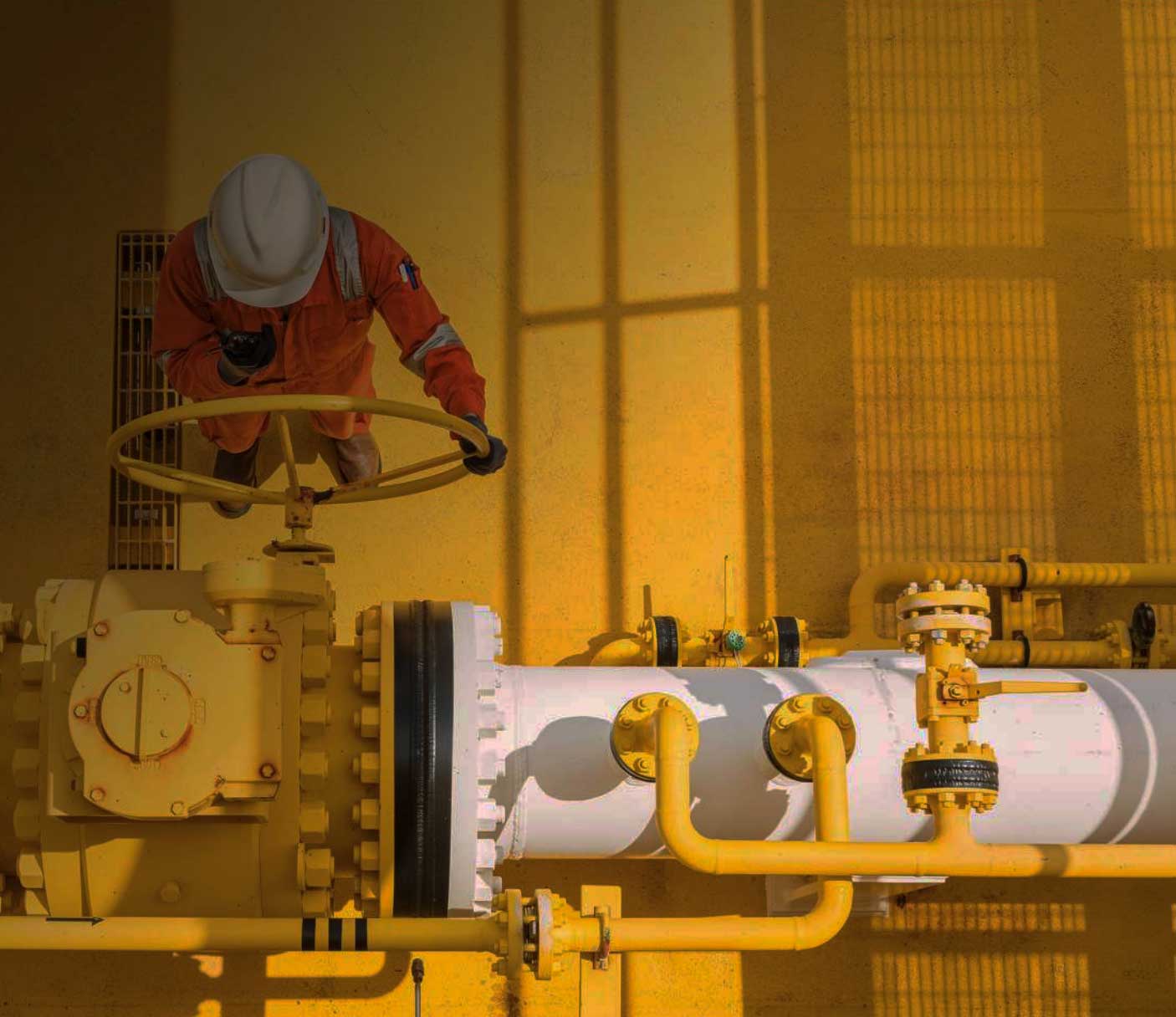CHAPTER 1: THE STORY WITH GAS
A brief background of gas in Australia
Gas has been a big part of how we power Australia’s homes since the 1950s.
Following trends in the USA, natural (methane) gas and liquid petroleum gas (LPG) were promoted as ‘safe and natural’ alternatives to wood, coal and oil fuel. In the early days, gas was used for domestic cooking, heating, hot water systems and refrigeration. Appliances spearheaded the marketing by all major emerging gas companies.


Gas discoveries in the early 1960s led Australia to a new era in energy. Image: State Library of Queensland.
There was once a good case for gas: when the alternatives were wood and oil heating and electricity generated by burning coal, gas really was a cleaner fuel. But the emergence of renewable energy has changed everything. Australia now needs to shift away from gas to meet its climate commitments.
Appliances that require electricity to operate are becoming less emissions intensive thanks to rooftop solar and renewables in the electricity grid. In contrast, gas appliances will always produce emissions while they are in use.
Natural gas in Australia is currently extracted as either conventional gas or unconventional gas (such as coal seam gas or shale gas). Gas producers extract the gas from wells and process it to prepare it for transmission and sale in domestic and overseas markets. Gas producers sell wholesale gas to electricity generators, other large gas users and energy retailers, who sell it to business and household consumers.
Gas provides about 26 per cent of Australia’s energy and produces about 19 per cent of its emissions.
How much gas does Australia currently use?
Natural gas currently accounts for about one-quarter of Australia’s primary energy consumption. The average Australian household consumes 32 gigajoules of natural gas per year. This figure varies considerably across different states. Maximum daily gas demand is presently highly seasonal, with significant heating loads across southern regions in winter.
Victoria uses more gas than any other state, accounting for almost 40 per cent of domestic gas consumption in Australia’s east coast gas market. Victoria consumes 54 GJ/pa while Queensland consumes the least at just 9 GJ/pa. Likewise, Western Australia and South Australia have low average rates of consumption at 13 and 17 GJ/pa, respectively. Victoria also has five times the number of household gas appliances than South Australia and 1.5 times that of New South Wales.
In all areas of Australia, winter is the time of the highest average gas consumption and summer is the lowest. Residential gas consumption is almost three times as high in winter than in summer.








